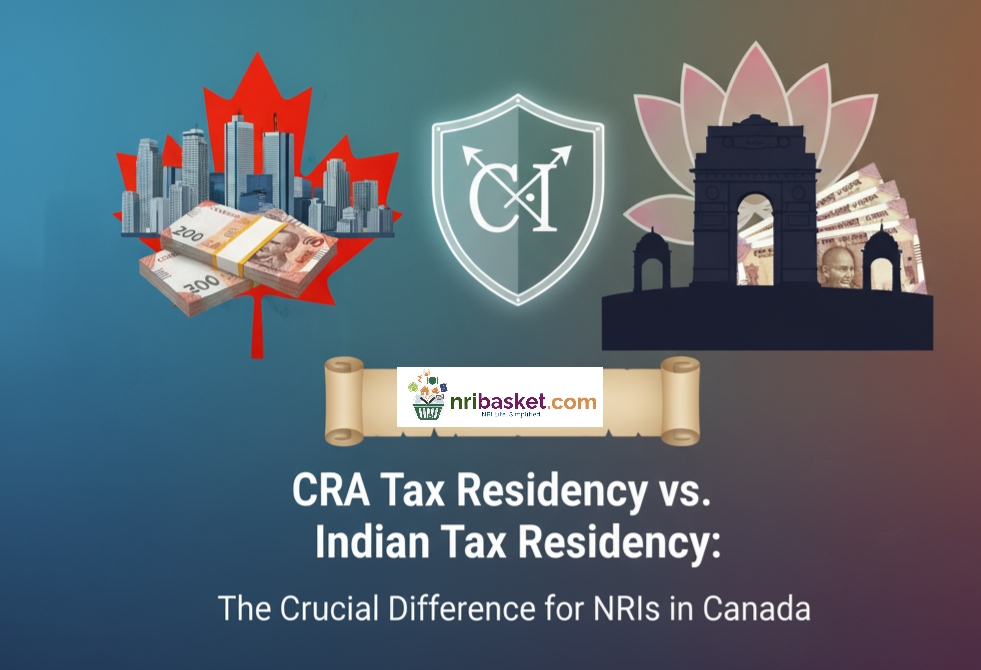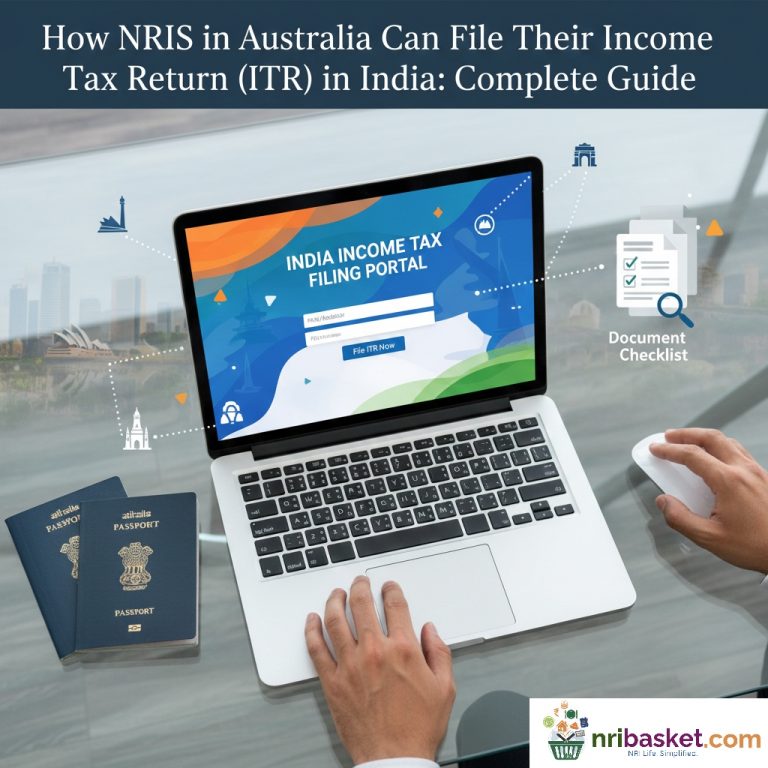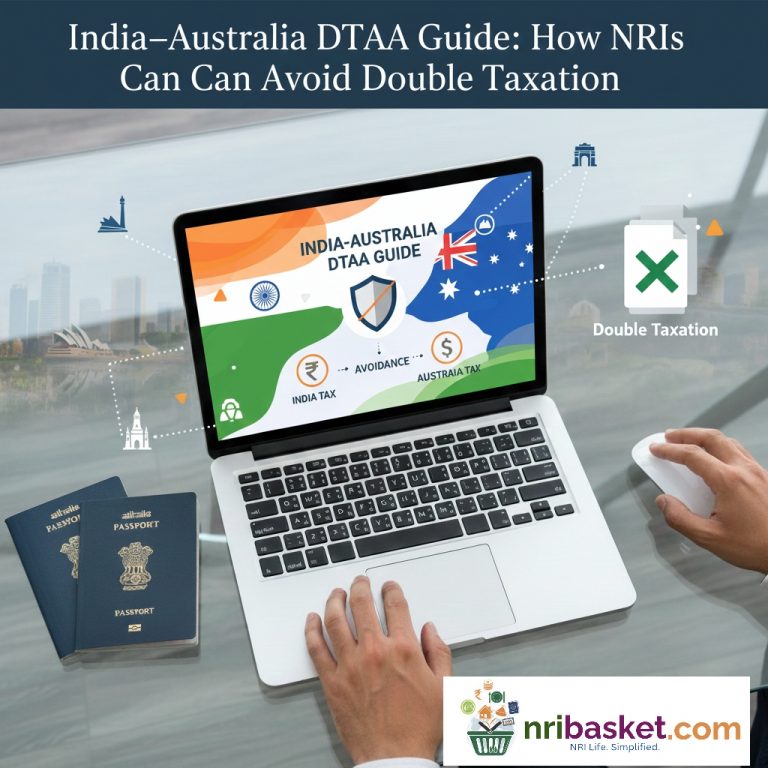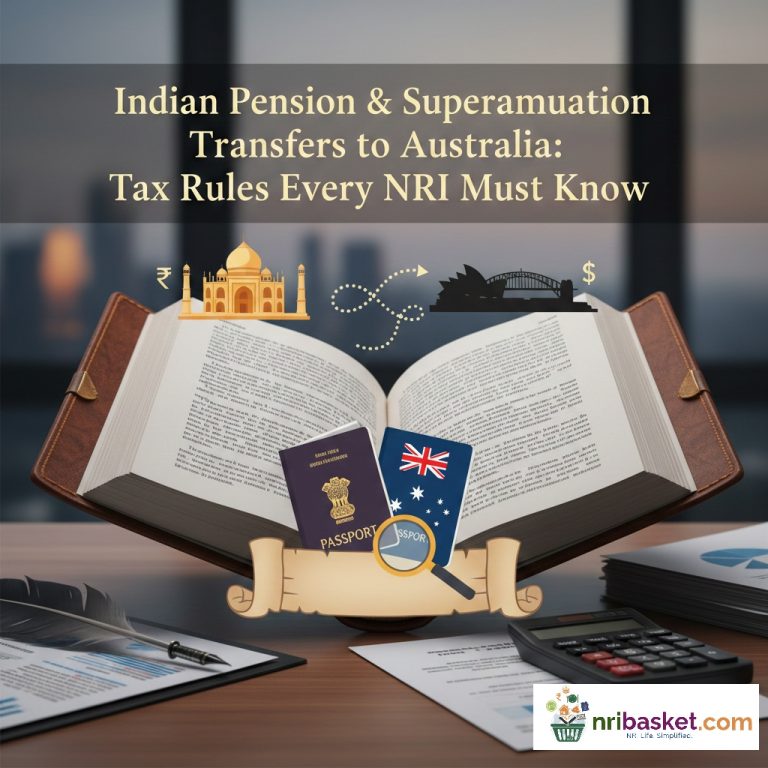
Oplus_16908288
Learn the difference between CRA tax residency for Indian citizens and NRI status in Canada. Clear FAQs on DTAA, residency rules & taxation.
Details: For Indian citizens, the CRA determines residency based on factors like a home in Canada, spouse or dependents, bank accounts, health card, and intent to stay. Even if you hold an Indian passport, you can still be considered a Canadian tax resident if your ties are strong enough.
Details: To determine NRI status Canada, CRA checks if you maintain significant ties in Canada. If ties are weak or temporary, you may be classified as a non-resident for tax purposes. Strong ties like housing, spouse, or employment make you a resident for tax.
Details: CRA tax residency is about where your significant residential ties are. Indian tax residency depends on the number of days you physically stay in India (≥182 days rule). This means you can be considered resident in both countries at the same time unless a treaty applies.
Details: Many Indian citizens living in Canada may meet the residency tests of both CRA and Indian tax authorities. In such cases, the Canada–India Double Taxation Avoidance Agreement (DTAA) resolves conflicts by assigning residency based on permanent home, center of vital interests, or habitual abode.
Details: According to Indian law, if an Indian citizen spends 182 days or more in India during a financial year, they become a resident for Indian tax purposes. For NRIs working in Canada, this test is crucial to determine if they remain an Indian tax resident.
Details: CRA evaluates whether you own or rent a house in Canada, have a spouse or dependents living in Canada, possess Canadian bank accounts, driver’s license, health card, and social connections. These determine if you’re a Canadian resident for tax.
Details: Having a Canadian PR card does not make you a tax resident by default. CRA still checks your residential ties. For example, if you leave Canada and establish ties elsewhere, you may become a non-resident despite holding PR status.
Details: To determine NRI status Canada, evaluate how many days you stay in India, compare your residential ties in Canada, and consult the DTAA. Both CRA and Indian authorities may require proof like rental agreements, bank statements, or travel history.
Details: Employment in Canada is a strong indicator of tax residency, especially if accompanied by a home, family, and bank accounts. However, if the work is temporary and you maintain closer ties with India, CRA may consider you a non-resident.
Details: Unlike Indian rules, CRA does not use only day count. Even a stay under 183 days can make you a resident if you have strong residential ties such as family, home, or bank accounts in Canada.
Details: The Double Taxation Avoidance Agreement ensures that income is not taxed twice in both countries. If both India and CRA consider you a resident, the treaty assigns tax rights to one country based on permanent home and economic ties.
Details: If you qualify as an NRI under Indian law, foreign income earned in Canada is not taxable in India. However, if you are still considered a resident in India, global income is taxable there. DTAA helps reduce double taxation.
Details: CRA taxes worldwide income for Canadian residents. That means income from India (rental, business, interest) must be reported in Canada. You can claim foreign tax credits for taxes already paid in India.
Details: If you spend 183 days or more in Canada in a tax year and don’t have strong ties elsewhere, CRA may classify you as a deemed resident, even without PR or citizenship.
Details: Owning property in India does not remove Canadian residency if your stronger ties (job, family, home) are in Canada. For Indian tax purposes, you may still be NRI if you stay in India less than 182 days.
Details: Indian students studying in Canada may be considered residents if they stay long-term and establish residential ties (bank accounts, housing, health card). However, if ties remain stronger in India, they may be classified as non-residents.
Details: Indian citizens leaving Canada can file CRA’s Form NR73 to request a residency determination. Proof like selling Canadian property, moving family, and cutting ties is needed to show you are a non-resident.
Details: To prove NRI status, maintain copies of your passport, visa stamps, and air tickets. Indian tax law counts days of physical presence, so clear travel records help establish NRI status when filing returns.
Details: If an Indian citizen spends 182 days or more in India, they lose NRI status for that year and must pay tax on global income in India, even if they are a Canadian tax resident under CRA rules.
Details: If you are a Canadian tax resident under CRA rules, you must file Canadian tax returns for global income. If you have Indian income, you may need to file in India too. DTAA ensures you don’t pay tax twice on the same income.
Details: CRA taxes worldwide income, so Canadian residents must report Indian rental income. Indian taxes paid can be claimed as a foreign tax credit in Canada under the DTAA.
Details: For Indian citizens who qualify as NRIs, salary earned in Canada is not taxed in India. It will only be taxed in Canada. However, if you lose NRI status, India will tax global income.
Details: Having Indian bank accounts or investments does not remove Canadian residency. CRA looks for primary ties like family and home in Canada. Indian accounts may, however, trigger reporting obligations in Canada.
Details: If both India and Canada consider you a tax resident, tie-breaker rules decide based on: permanent home, center of vital interests, habitual abode, and nationality. This prevents double taxation conflicts.
Details: You can keep your Indian demat and NRE/NRO accounts while living in Canada. However, you must update KYC status to NRI and report income in Canada if you are a Canadian tax resident under CRA rules.
Details: Canadian residents must disclose foreign assets above CAD 100,000 using Form T1135. This includes Indian property, bank accounts, and investments. Non-residents do not file this form.
Details: The Canada–India DTAA ensures that the same income is not taxed twice. You can claim credit in Canada for taxes already paid in India. This makes tax compliance easier for NRIs.
Details: CRA may still require a tax return for Canadian residents even if you have no income, especially to claim benefits (GST credit, child benefits). Indian NRI rules, however, do not require returns if there is no taxable income.
Details: If you don’t meet residency tests of either country (e.g., traveling frequently), you may be non-resident in both. But most NRIs end up residents in at least one jurisdiction. Tax treaty rules will guide final status.
Details: Since CRA tax residency for Indian citizens and Indian NRI rules can conflict, it is wise to hire accountants or tax advisors familiar with Canada–India tax laws and DTAA to avoid penalties or double taxation.
Topic discussed in above post CRA tax residency for Indian citizens Determine NRI status Canada.Canada India tax residency rules ,CRA residency determination form NR73 ,India Canada double taxation treaty (DTAA) ,NRI tax filing Canada and India,Canadian resident vs. Indian NRI ,How to determine Canadian tax residency ,Indian citizen working in Canada tax rules ,Global income taxation India vs Canada.




